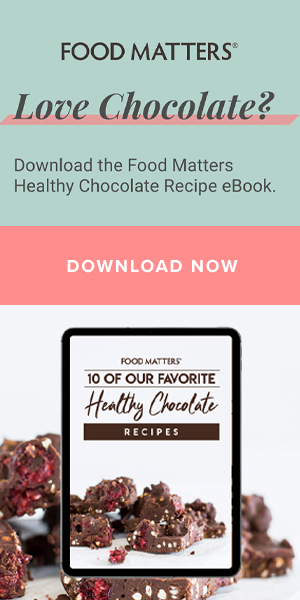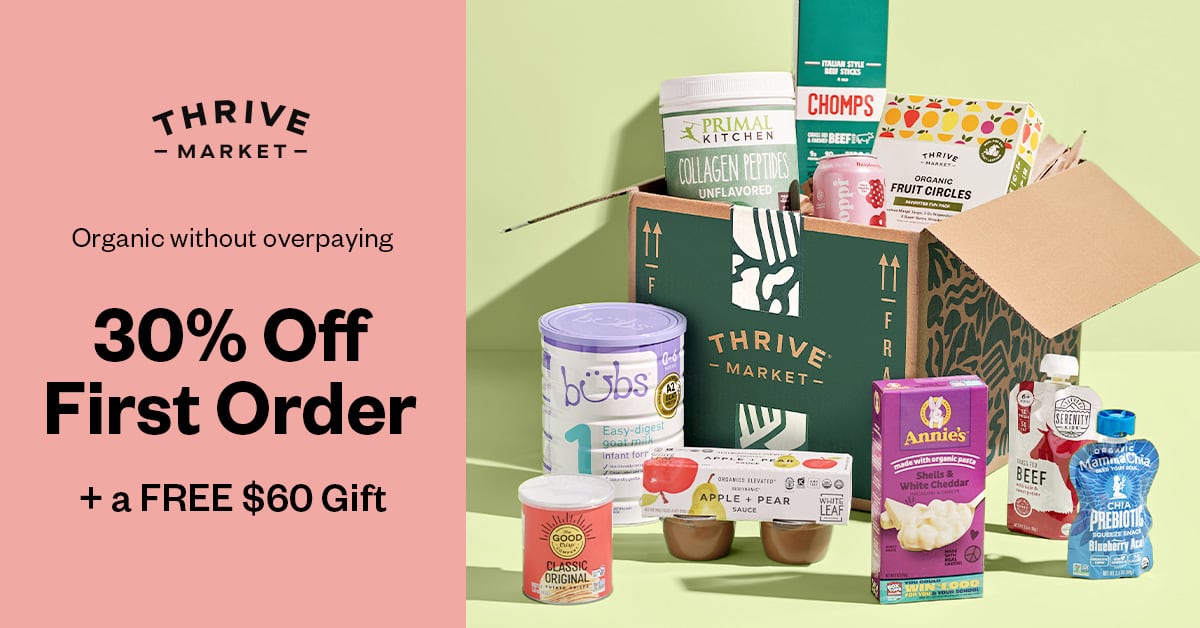Fresh, Natural, Organic - What Do All These Labels Really Mean?
Understanding food labels can be a daunting task -- some terms are just marketing hype, while others are terms that are sanctioned by the USDA or FDA.
Food labels are managed in tandem by the United States Department of Agriculture (USDA) and the Food and Drug Administration (FDA). While the USDA handles meats, animal products, grains and produce, the FDA takes care of grocery items and many of the labels related to nutrition characteristics, like fat content, calories and vitamins.
What Does "Natural" Mean?
In a short answer nothing. The term natural has no FDA guideline behind it. The information taken directly from their site states the following: "The FDA has not developed a definition for use of the term natural or its derivatives. However, the agency has not objected to the use of the term if the food does not contain added color, artificial flavors, or synthetic substances."
So while the foods can't include synthetic ingredients, they can be heavily processed, such as animals raised with antibiotics and growth hormones. High fructose syrup (sometimes referred to as corn sugar) is a natural substance, but producing it from raw corn requires a number of processing steps.
What Does "Fresh" Mean?
According to the fda.gov site, it means different things for different foods. So before you think fresh means something good, think again.
According to Subpart F, Section 101.95 C , food manufacturers are not precluded from using the term fresh on their products even if they are using "approved" waxes or coatings, post-harvest approved pesticides, applying mild chlorine or mild acid wash, or ionizing radiation.
What Does "Organic" Mean?
According to the USDA there are three categories for the term organic:
100 percent organic - Foods that don't contain any non-organic ingredients can be labeled as "100 percent organic".
Organic - Foods can be labeled simply "organic" if they contain 95 percent organic ingredients, and the other 5 percent does not contain growth hormones.
Made with organic ingredients - Foods that have at least 70 percent organically produced ingredients can use the term "made with organic ingredients". That's right - up to 30 percent of the contents could be non-organic.
What Does "Made With" Mean?
If you see this term on packages, it's safe to assume that there is some misdirection going on with the labeling. If a label says 100 percent real fruit juice, then it's 100 percent percent juice, but if it says made with 100 percent fruit juice, check the label to see what else may be included.
What Does "Good Source Of"/"Contains"/"Provides" Mean?
When foods claim to be a good source of a particular vitamin or nutrient, they must prove that they have at least 10 percent of the USDA's
recommended daily allowance.
What Does "High Source Of"/"Rich In"/"Excellent Source Of" Mean?
When foods claim to be a high source of a particular vitamin or nutrient, they must prove that they have at least 20 percent of the USDA's recommended daily allowance.
Become A Label Reader
In order to safeguard your health and know what you're truly consuming, you need to become a label reader. All commercially grown and processed foods have challenges. Your knowledge is your greatest strength.











